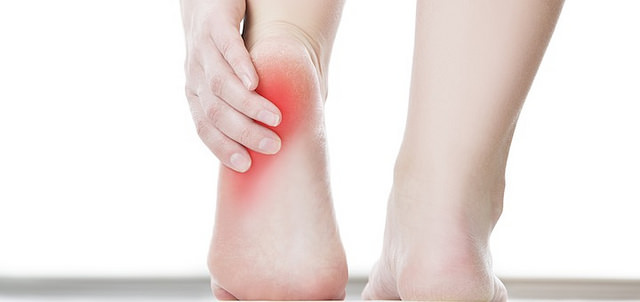Have you ever woken up in the morning and experienced heel pain the moment you took your first steps? If so, it’s likely you’ve experienced symptoms of plantar fasciitis. But don’t worry, you’re not alone, because it’s a fairly common injury with heel pain; approximately two million people suffer from plantar fasciitis each year.
Plantar fasciitis occurs when your plantar fascia, the thick band of tissue on your foot connecting your heel to your toes, becomes irritated and inflamed. The plantar fascia helps absorb the stress we put on our feet everyday, but excess pressure can damage the tissue and cause pain. The pain is at its worst in the morning; then, you’d feel a stabbing sensation at the bottom of your heel. Besides the morning, plantar fasciitis can also occur either after standing or getting up from rest for a long period of time.
Image Source: Mike Powell
Plantar fasciitis usually affects overweight individuals and older adults from ages 40 to 60. People who run or dance often are also susceptible because these activities put a lot of pressure on the heel and plantar fascia. Having high arches or flat feet can unequally distribute the weight while walking, and consequently, put added stress on your heel. Treatments for plantar fasciitis involve resting your feet and taking painkillers to relieve pain and inflammation of your plantar fascia. In addition, it is important to strengthen your feet and leg muscles through stretching or physical therapy. If symptoms are lingering or not improving, doctors recommend surgery or cortisone shots, which is a type of steroid that can reduce the pain.
One prevention technique includes wearing shoes with good arch and heel support. Stretching often and before rigorous physical activity can also prevent injury. Furthermore, maintaining a healthy weight is essential in preventing added stress on your feet. Even with prevention techniques, plantar fasciitis can affect anybody because of the daily stress we put on our feet. The important thing to keep in mind is to wear supportive shoes and stretch regularly. If injury does occur, remember to rest!
Feature Image Source: Top 5 Shoes for Heel Spurs and Plantar Fasciitis by Daniel Max










